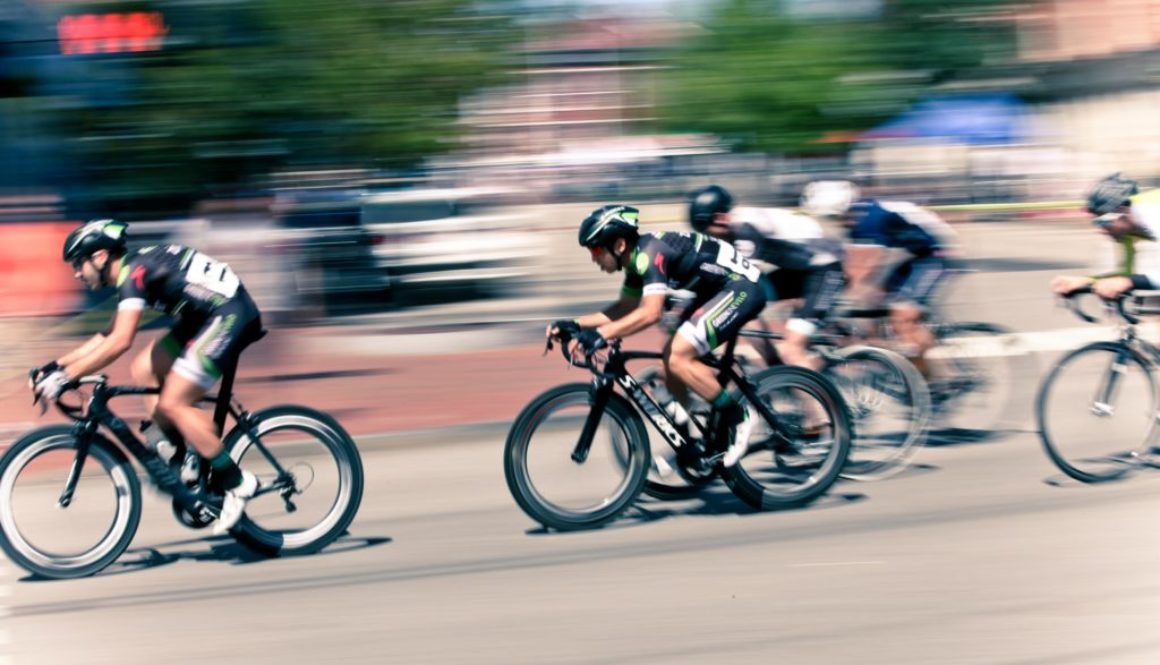Power Training in a Nutshell
We have been slowly but surely converting the athletes we work with to use power in their training. That said, a majority of indoor cycle trainers can now measure power while you’re working out and training. Using power is not overly technical to work with when on the bike, but there are a few technical aspects that you need to first understand. It’s an elegant solution for those who want to improve their fitness and can simplify your workouts. Put it simply, when using power, it provides you with a more real-world view on how hard you should be working.
What are power zones?
Power zones are fairly simple to understand, especially if you’ve been working with a heart rate monitor in the past. When using a heart rate monitor you establish heart rate zones and that is the same with power zones. That, however, is the limit to their similarities. Depending upon your protocol, there are 7 Power Zones:
• Zone 1 -Active Recovery
• Zone 2 – Aerobic Endurance
• Zone 3 – Tempo
• Zone 4 – Lactate Threshold
• Zone 5 – VO2 Max
• Zone 6 – Anaerobic Capacity
• Zone 7 – Sprint Power
So how do we establish these zones?
We use Functional Threshold Power (FTP)! The use of FTP came about in the endurance training world in the early 2000’s and provides a simple method of setting power zones. Essentially, it’s based upon the idea of how long an athlete can maintain a lactate threshold intensity for approximately an hour.
FTP testing can be done in the comfort of your own home. This removes the complex sports science involvement around lactate and the cost association with going to a lab or sports performance testing centre. It is a real-world solution establishing an athlete’s baseline, which can be tested frequently on the road or indoors.
How do you do an FTP test?
The testing protocol is generally a 60-minute test. However, this can be very difficult to replicate for such a lengthy period. If you were to do it by yourself it can be quite difficult to self-motivate and conduct properly repeatedly. There are other methods of testing and with our athletes, we usually do a 20 to 30-minute test. Further, in order to measure fitness, it’s recommended that you check your FTP approximately every six to eight weeks.
Now the big question is: The results that you get on the indoor trainer can be radically different to those of a field test on the road. How do you square that?
Basically, you need to make sure that the conditions for the test are similar from test to test. That will include time of the day, the weather, were you riding in a group, how much warm-up did you do, et cetera. Try to keep these variables under control as much as you can.
At Aloha Tri, we are always discovering new things, so at the time of writing this, we are tweaking and experimenting with these variables. Look out for another article about power for cycling and running and using it in your daily training.
Why Aloha Tri?
At Aloha Tri, we have decades of experience and the right coaching certifications from Ironman University, British Triathlon (Level 3) and TrainingPeaks. We offer bespoke coached programmes via the Premium TrainingPeaks platform, giving you structure and visibility into your training plan. You can choose from weekly or daily progress reviews, which provides corrective action. We have worked with hundreds of athletes of all ages and abilities and improved their performance, skills and mindset. What motivates us is the “Aloha spirit”, a powerful way to achieve a desired state of mind and body, which we translate into how we coach you. Contact me (rav@alohatri.com) to maximise your investment in your sport!
